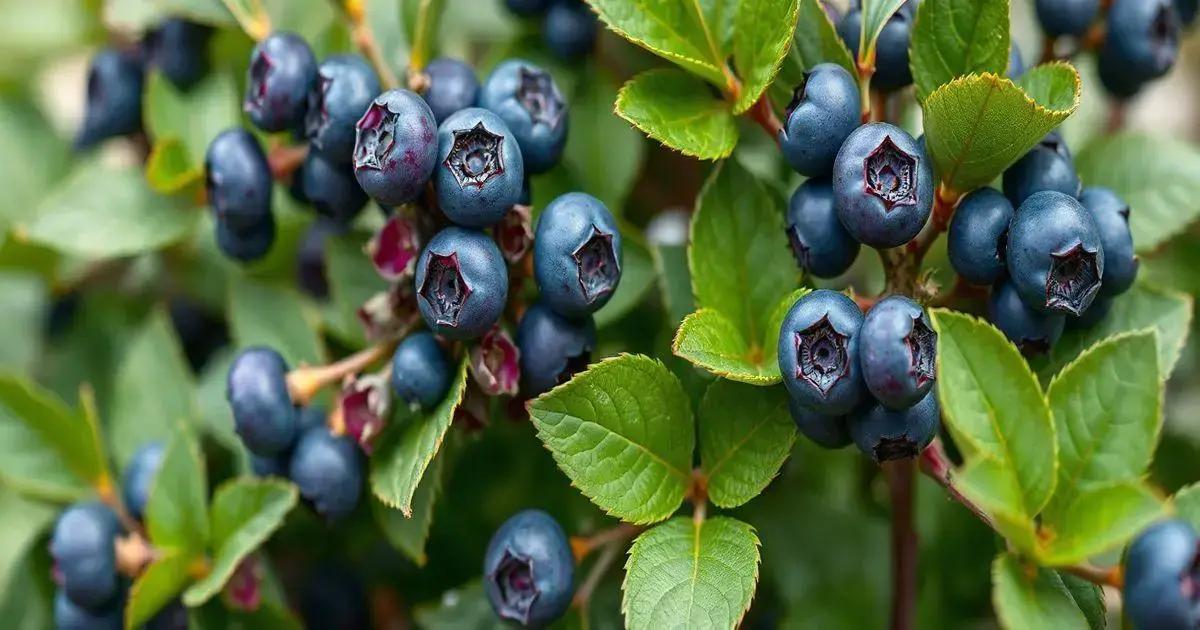How to Take Care of Your Blueberry Plant: 7 Expert Tips for Success
How to take care blueberry plant enthusiasts often wonder about the secrets behind healthy and bountiful growth. Gardening offers not just a rewarding experience but also the chance to enjoy fresh blueberries right from your backyard. In this journey, let’s explore essential practices that ensure your blueberry plants thrive.
Table of Contents
ToggleChoosing the best soil for blueberry plants
Choosing the best soil for blueberry plants is crucial for ensuring healthy growth and a bountiful harvest. Blueberries thrive best in well-draining, acidic soil, with a pH level between 4.5 and 5.5. Let’s delve into how to properly prepare the soil for your blueberry bush maintenance.
The importance of soil acidity
Soil acidity is a key factor for blueberry plant care. Acidic soil helps to optimize nutrient absorption and supports overall plant health. Here’s what you need to know:
- Blueberries prefer a pH level of 4.5 to 5.5.
- Testing your soil helps determine its acidity.
- Adjusting soil pH can make a significant difference in your plants’ growth.
How to test your soil
Before planting, it’s essential to understand the current pH of your soil. Follow these steps:
- Purchase a soil testing kit or use a professional service.
- Collect soil samples from various areas of your garden.
- Follow the kit instructions to determine the pH level.
Improving soil composition
Once you know your soil’s pH, you may need to enhance the composition. Here are some materials to consider:
- Pine bark mulch: Enhances acidity and improves drainage.
- Peat moss: Helps retain moisture while maintaining a slightly acidic pH.
- Composted pine needles: Provides nutrients and ensures proper acidity.
Nutrients for blueberry plants
Blueberry plants thrive on specific nutrients. Fertilizing is important for their health and yield. Follow these guidelines:
- Choose fertilizers specifically designed for acid-loving plants.
- Apply fertilizer in the spring and early summer.
- Consider exploring indoor gardening techniques to boost nutrient absorption.
Common soil-related issues
Understanding potential soil issues can prevent problems before they start:
- Heavy clay soils: Can lead to poor drainage; amend with organic materials.
- Too alkaline soil: May require sulfur to lower pH.
By choosing the best soil for blueberry plants, you foster an environment conducive to growth and fruiting. Remember, proper soil management directly affects watering blueberry bushes and overall plant health.
Essential watering techniques for blueberry bushes

Essential watering techniques for blueberry bushes are vital for their growth and fruit production. Blueberries prefer consistent moisture, but overwatering can be detrimental. Understanding how to strike the right balance is key.
The importance of proper watering
Watering blueberry bushes correctly helps ensure the best possible crop. Here are the main reasons to focus on proper watering:
- Prevents root rot by ensuring good drainage.
- Supports optimal nutrient uptake.
- Encourages healthy flowering and fruiting.
How often to water blueberry plants
Consistency is important. Follow these general guidelines to determine your watering schedule:
- Water blueberry bushes deeply once a week during dry spells.
- Adjust frequency based on rainfall and humidity levels.
- Monitor soil moisture with a moisture meter to prevent over or under-watering.
Best techniques for watering blueberries
Here are the most effective watering techniques to keep blueberry bushes healthy:
- Drip irrigation: This technique delivers water directly to the roots, minimizing water loss through evaporation.
- Soaker hoses: Great for providing slow, even moisture to the soil.
- Mulching: Use organic mulch to retain soil moisture and regulate temperature.
Signs of overwatering and underwatering
Recognizing the symptoms of watering problems can save your plants:
- Overwatering: Yellowing leaves, wilting, or root rot.
- Underwatering: Browning leaf edges, dropping fruit, or stunted growth.
By mastering essential watering techniques for blueberry bushes, you create an optimal environment for these delicious fruits to thrive. Keep in mind that proper hydration also influences how you fertilize your plants. For more tips on nutrition, you may find exploring indoor gardening techniques beneficial.
Pruning and maintaining your blueberry plants effectively
Pruning and maintaining your blueberry plants effectively is essential for ensuring optimal growth and fruit production. Regular maintenance keeps your blueberry bushes healthy and productive.
The benefits of pruning blueberry plants
Pruning offers numerous advantages for your blueberry bushes, including:
- Encouraging new growth for better yield.
- Improving air circulation and reducing disease risk.
- Maintaining desired bush shape and size.
When to prune your blueberry bushes
Timing is critical. Follow these pointers to determine the best time to prune:
- Prune in late winter or early spring before new growth begins.
- Remove dead or damaged branches anytime during the growing season.
- Consider light pruning after harvest to control size.
Pruning techniques for blueberry plants
To prune effectively, use the following techniques:
- Thinning: Remove older branches to promote air circulation and new growth.
- Crown pruning: Trim back the older canes to encourage new shoots.
- Cutting: Use clean, sharp tools for a clean cut, which helps prevent disease.
Maintaining your blueberry plants throughout the year
Year-round care is essential for healthy bushes. Consider these maintenance practices:
- Regular watering: Ensure consistent moisture, especially during dry periods.
- Fertilizing: Use fertilizers suitable for blueberries, applying in spring and summer. For more insights into fertilization, check out exploring indoor gardening techniques.
- Weeding: Keep weeds at bay to reduce competition for nutrients.
Common pruning mistakes to avoid
Avoid these pitfalls when pruning your blueberry bushes:
- Don’t remove too much growth at once. Limit pruning to about 1/3 of the bush.
- Avoid pruning during dormant seasons to prevent shock.
- Ensure your cutting tools are sanitized to avoid disease transmission.
By mastering pruning techniques and maintaining your blueberry plants effectively, you can ensure robust growth and a fruitful harvest. Regular care not only promotes healthy plants but also enhances your gardening experience.
In conclusion
Taking care of your blueberry plant is a rewarding journey that requires attention to various aspects such as soil choice, watering techniques, and effective pruning. By implementing the strategies discussed in this guide, you can cultivate healthy blueberry bushes that yield delicious fruit. Remember, consistent care and knowledge are key to successful blueberry gardening. For further insights on how to enhance your indoor garden, consider these tips on enhancing your indoor garden.

